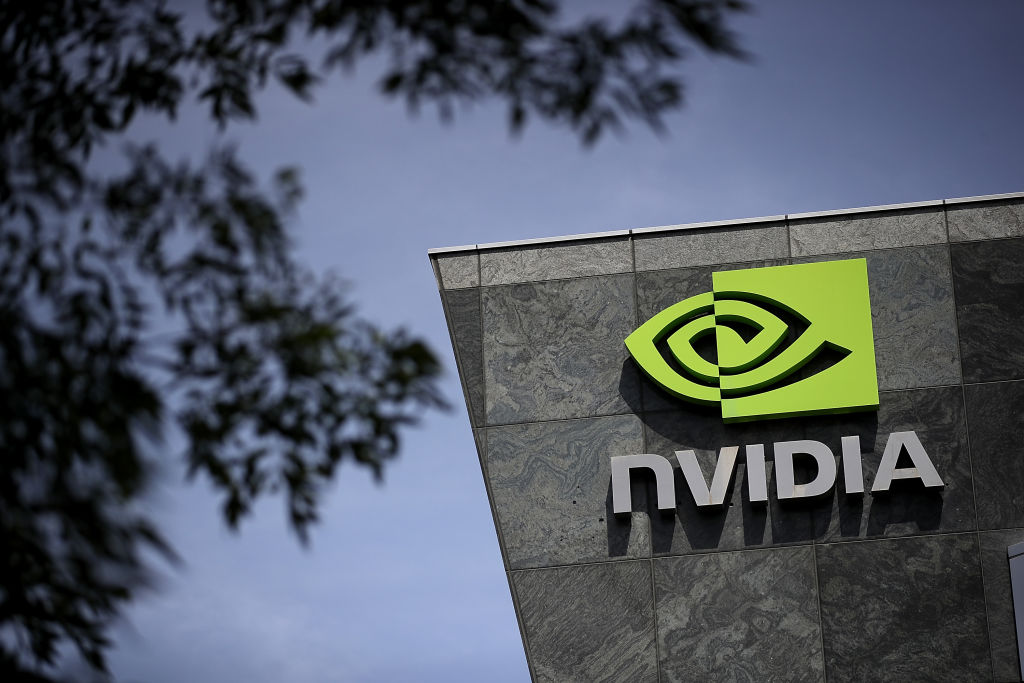Blockchains like Solana boast TPS – but that’s misleading
The throughput of blockchains – namely their ability to process X number of transactions per second (TPS) – is often discussed in such a way that it downplays other considerations, such as decentralization and security. Of course, the Blockchain Trilemma recognizes that it is challenging to succeed in all three areas, but not impossible.
There is no denying that throughput and scalability are important, indeed crucial, if blockchains are to eventually become the rails on which the financial system is run. However, there is a major misconception surrounding the metric used to assess the scalability of tier-1s and -2s.
While super-fast blockchains love nothing more than trumpeting their TPS numbers, it’s a pretty inadequate method of assessing throughput and fails to accurately represent legitimate blockchain transactions. In addition, figures are often reported in inconsistent or haphazard ways, making it difficult to compare projects and hiding what matters most in practice.
So when networks boast five-figure TPS rates, take their bold claims with a grain of salt.
A mis-sold calculation
If blockchain technology is ever to be adopted on a large scale, it must be able to handle large amounts of data at high speed. That way, people can access the network when they need it, without struggling with hassles or having to pay eye-watering transaction fees. This is clear.
However, a high TPS does not necessarily guarantee this, as the number is usually measured by sending a protocol token from one wallet to another, as quickly as possible. This is the most basic transaction that can be done on a blockchain. Transferring protocol tokens is not a very computationally intensive transaction, which is why it is cheaper to send Ether (ETH) than, for example, transferring an ERC-20 – the latter contract contains much more complex data.
Related: Programming languages hinder mainstream DeFi
Most transactions are actually more complex than simple transfers. DeFi transactions, for example, are resource-intensive, which explains why token exchanges cost more in gas than simple transfers. Also, some chains include transaction data that is not usually calculated as transactions on other networks.
In the case of Solana, around 80% of transactions consist of their own consensus messages, which are necessary to coordinate validators. Despite being processed separately from on-chain transactions, they are confusingly grouped with user transactions on Solana’s blockchain, providing an inaccurate measure of its true TPS.
Throughput isn’t the only measure of blockchain performance, of course: Latency refers to how quickly a transaction can be confirmed after it’s submitted. This too has its own unit of measurement – namely block time (the time between blocks that are added to the chain) and time to finality (when a block passes the threshold beyond the risk of reversal).
Although throughput is seen as the big ticket number, users actually care more about latency – how quickly their transactions are executed – and how much they have to pay in transaction fees. Like throughput, latency is complex, as it varies according to a number of factors, including transaction fees (on some chains you can pay more to get a higher priority on inclusion), system demand, and batching rules.
Switches per second > TPS
Given the frenzied activity we’ve witnessed in decentralized finance in recent years—swapping, lending, and collateral—such transactions are more reflective of how blockchains are actually used to transfer value. Unlike a simple A-to-B transfer that doesn’t require much calculation or computer reading, swaps are very complex.
In such a transaction:
- The balance in the liquidity pool must be measured/read to determine the swap rate
- Token A is sent from the end user to the exchange pool
- Token B is sent from the exchange pool to the end user
- The pool must then be rebalanced
- A fee is usually charged and the returns are transferred to yet another account
If it’s not already obvious, this process requires an entirely new method of measurement—one that doesn’t take into account non-transactional data to let Solana: switches per second (SPS). As evidenced by research conducted by consumer insight agency Dragonfly, a perfect benchmark for assessing throughput is to fill an entire block with Uniswap v2-style trades and assess how many trades are actually cleared per second. The effect is to produce a simple apples-to-apples comparison of Ethereum Virtual Machine (EVM) blockchains, more than any TPS measurement could achieve.
Related: The world may face a dark future thanks to CBDCs
Dragonfly’s research found that Solana’s mainnet can likely perform around 273 trades/second on an automated market maker – a far cry from the advertised 3,000 TPS. BNB Smart Chain meanwhile managed 194.6 TPS (claimed: 300 TPS) and Avalanche maxed out at 175.68 (claimed: 4500 TPS).
Better benchmarking is needed
For the avoidance of doubt, no calculation is perfect. Any comparison of blockchains must necessarily take into account various elements, such as decentralization, ease of use, security, utilities, etc. But it is quite clear that swaps per second is a better measure of performance and throughput than transactions per second.
Based on Dragonfly’s findings, not to mention EOS Network Foundation’s similar benchmarking for EOS EVM, blockchains have a long way to go before they are ready for mainstream adoption.
Zack Gall is co-founder and head of communications at the EOS Network Foundation. He previously co-founded Dappiness Development Studio and worked as head of community and developer relations for LiquidApps. He graduated from Muskingum University in 2009 with a BA in Communication and Media Studies.
This article is for general information purposes and is not intended to be and should not be taken as legal or investment advice. The views, thoughts and opinions expressed herein are those of the author alone and do not necessarily reflect or represent the views and opinions of Cointelegraph.


